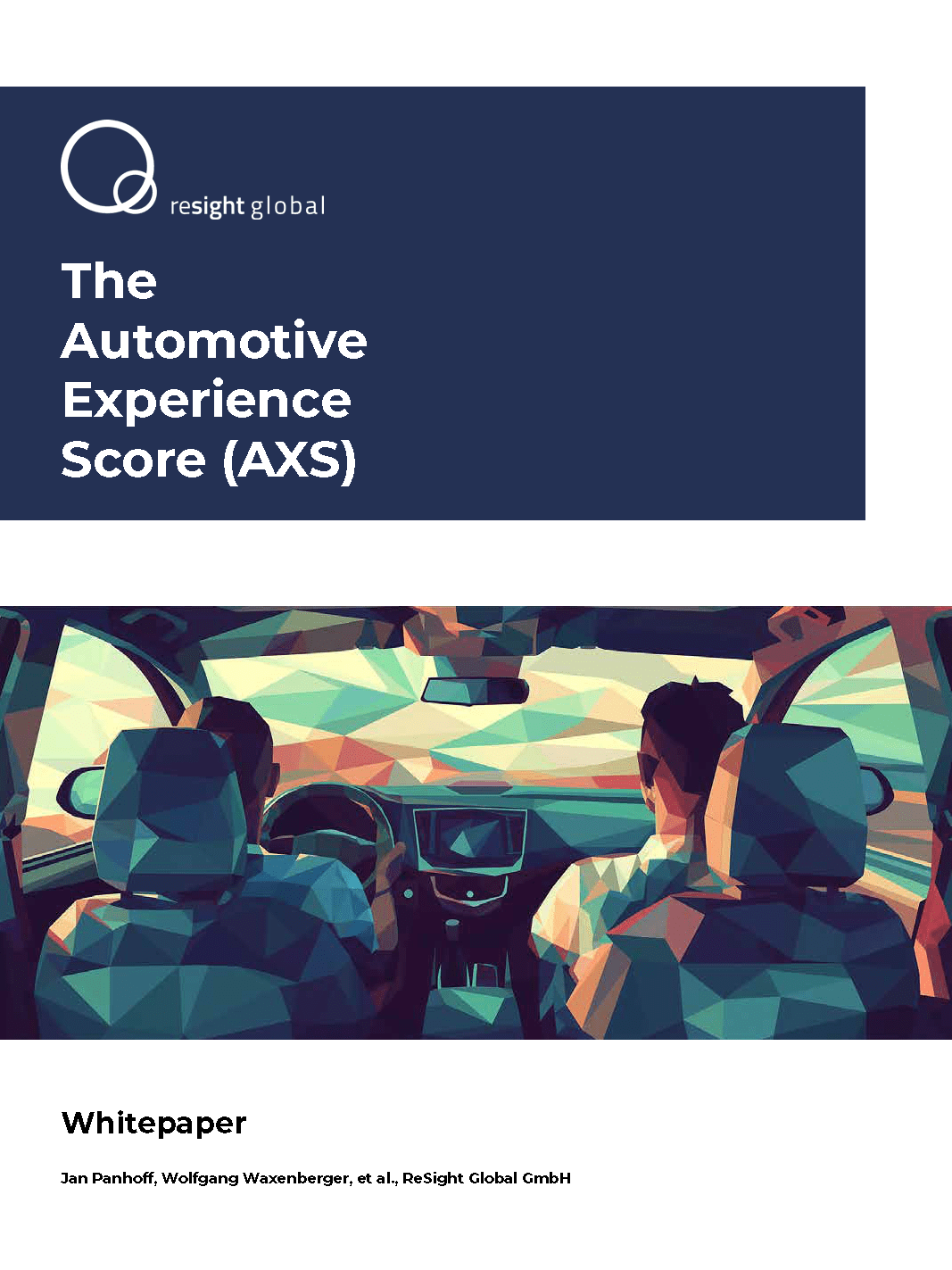Post by Abby Muldoon, Senior UX Researcher
Amidst the digital revolution reshaping the automotive industry, the transition of car interiors to digital interfaces underscores the importance of user-friendly design. Designing exceptional vehicle user experiences is a key factor for staying competitive in the industry and imperative to ensure these digitized elements are safe to use on the road.
When conducting in-car user experience (UX) research, the technology and lab equipment needs are typically much more complex than in a standard usability study. Our approach involves using innovative mobile lab setups tailored to these unique testing environments. However, building and using these mobile labs can be fraught with logistical challenges that, if not addressed, could result in data loss and the research being unusable. Here are recommendations for designing an optimal mobile lab for in-car UX research, ensuring high-quality data capture in unpredictable, real-world conditions.
Define the research objectives and scope
It’s crucial to clearly define the study’s research objectives before building a mobile lab. Does it focus on the usability of in-car systems like infotainment, voice commands, or the overall driving experience? Clarifying the objectives of your study will guide the team in prioritizing tasks and determining what specific elements to capture on camera, such as interactions with the infotainment system or steering wheel and cluster, to align the recording setup with the research goals.
Build a mobile lab buffet
Instead of using one traditional lab in the same way for every session, researchers must adapt more when setting up in-car labs for different kinds of vehicles. This becomes particularly important if the research team conducts sessions in a participant’s vehicle since the team might not know the vehicle’s exact layout until the session starts. Building a “buffet” of lab options, including various clamps, mounts, tripods, and recording devices, which can be applied to a broad range of vehicles and scenarios, provides the flexibility needed for lab settings that change with each session. Additionally, when conducting in-car UX research, a flexible mobile lab better accommodates participants with accessibility needs who may need the in-car set-up adjusted to allow an interpreter, support animal, or caregiver to be present during the session. You can select specific tools that best meet the vehicle’s exact specifications while ensuring the participant receives support, and you can still record and collect necessary data.
Plan for power
When driving around with cameras, microphones, and laptops, you may need to consider additional power sources to keep your devices on and running. Account for each session’s duration and power needs, making an inventory of all devices, their power requirements, and duration of use. Additionally, not all cars can power multiple devices at a set voltage, so having a mobile battery that accommodates voltage shifts and multiple plug options can save you in a pinch. Additionally, prepare for contingencies that don’t rely on power, like using hard copy notes, to ensure uninterrupted data collection.
To stream or not to stream
Live streaming in-car UX research is a viable option today but is still not 100% reliable. Consider the feasibility of streaming based on the recording setup and location of data collection, and, if possible, include a mobile hotspot in the lab to ensure a reliable internet connection. One option may be to record and stream sessions directly from a phone.
Practice! Practice! Practice!
Engage in thorough practice sessions to familiarize the team with the equipment and setup. Stress-test all components of the mobile lab under actual session conditions to ensure reliability. This includes testing out any portable batteries or hotspots that may be used. Testing the mobile lab for the duration of the actual study session is key to ensuring the lab is reliable in the field!
Successfully building a mobile lab for in-car UX research demands careful planning and adaptability to tackle the unique challenges of testing on the road. You must clearly define your research objectives, create a versatile ‘lab buffet’ to accommodate various vehicle layouts, plan for power needs, weigh the pros and cons of live streaming, and practice with your setup. This proactive approach minimizes the risk of data loss and ensures the collection of high-quality data under any conditions. Such meticulous planning guarantees the reliability and actionability of the insights, resulting in the next generation of in-car design that drivers and passengers will love!
NEW AXS whitepaper
Our global team is leading the future of designing next-gen auto experiences through data-driven decision-making. Our Automotive Experience Score (AXS) offers a comprehensive, on-demand solution to support confident design decisions and elevate your vehicle’s user experience.
Learn more about the robust methodology by downloading our free whitepaper, detailing the validated method used to produce the AXS.
Have questions about automotive studies? Reach out! We’d love to hear from you.

